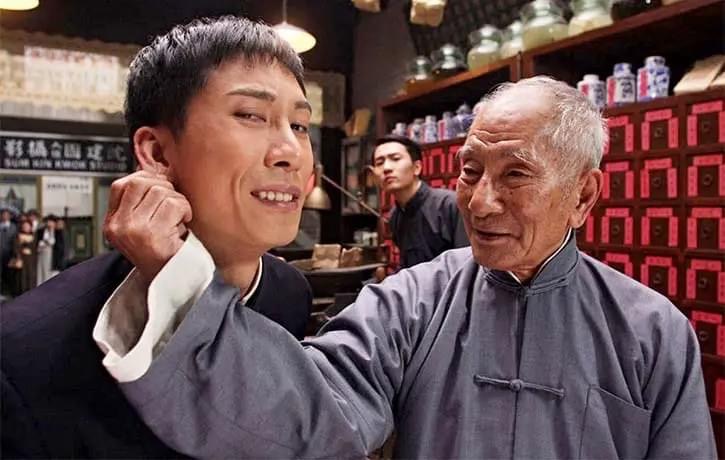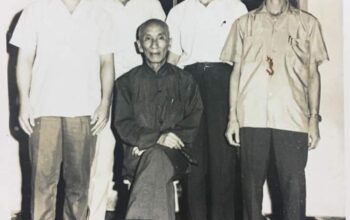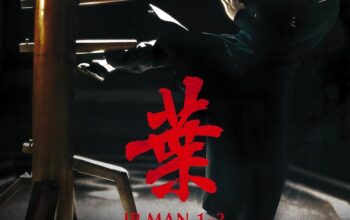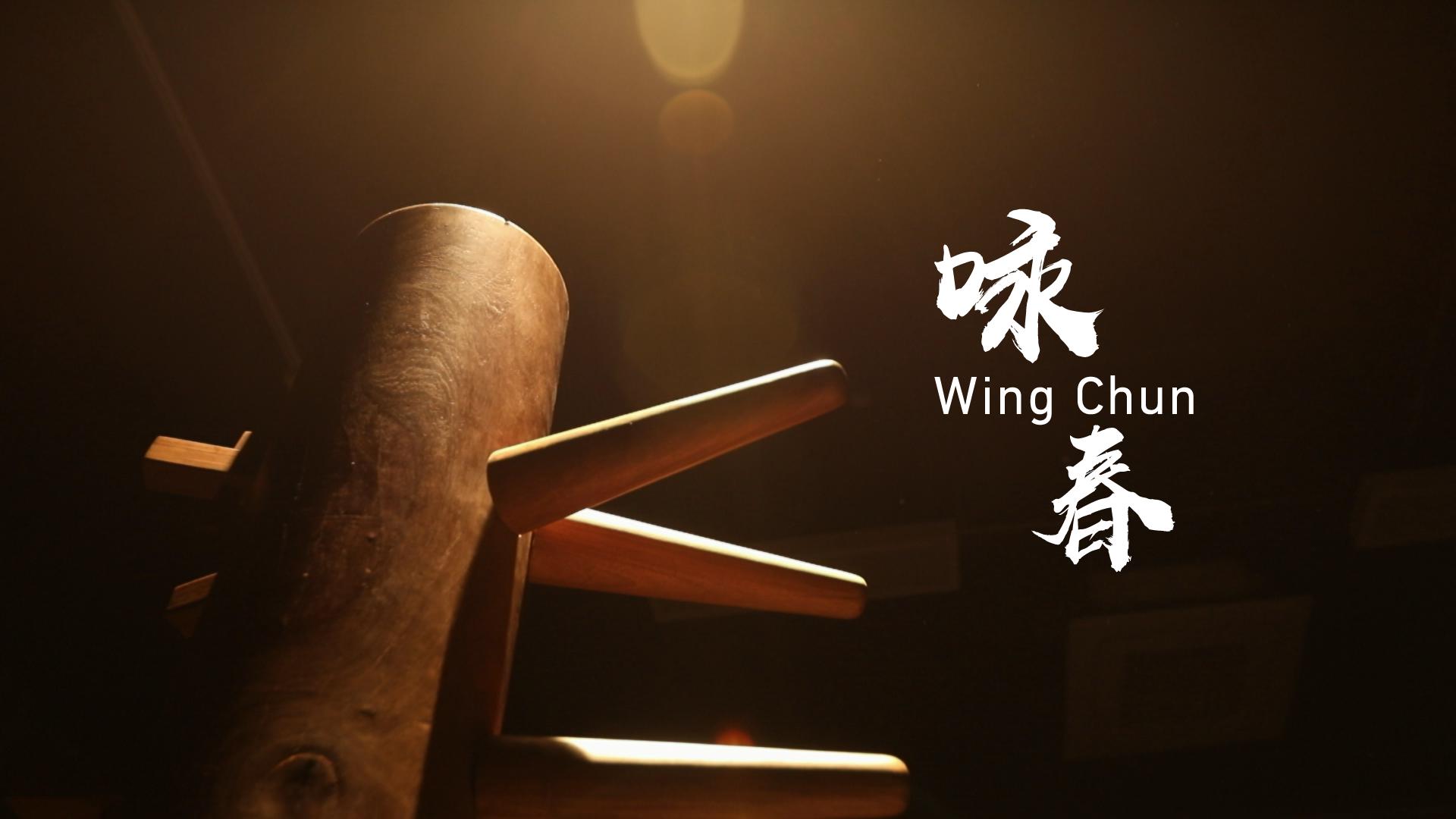Wing Chun, a traditional Chinese martial art known for its practicality and efficiency in combat, employs a variety of techniques to handle grabs and locks effectively. With its focus on close-quarters combat and simultaneous attack and defense, Wing Chun offers practical solutions for dealing with grabs and locks in self-defense situations. Let’s explore how Wing Chun approaches and handles these scenarios.
When it comes to dealing with grabs, Wing Chun emphasizes the principle of “Lop Sao” or “Pulling Hand.” Lop Sao is a technique that involves redirecting and controlling the opponent’s grabbing hand. By using sensitivity and timing, a Wing Chun practitioner can intercept the grabbing hand and redirect its force, neutralizing the grab and creating an opportunity for counterattacks.
One specific technique used in Wing Chun to handle grabs is the “Bong Sao” or “Wing Arm.” Bong Sao involves the practitioner’s arm sweeping upward in a circular motion, intercepting and redirecting the opponent’s grabbing hand. By rotating the forearm and maintaining contact with the opponent’s arm, the Wing Chun practitioner can disrupt the grab and exploit the opponent’s balance, creating openings for counterattacks or escapes.
Another technique employed in Wing Chun to deal with grabs is called “Pak Sao” or “Slapping Hand.” Pak Sao involves a swift and forceful slap or palm strike to the opponent’s grabbing arm. This technique disrupts the grab and allows the practitioner to regain control of the situation. Pak Sao can be followed up with strikes, joint locks, or further trapping techniques, depending on the circumstances.
Wing Chun also utilizes trapping techniques to handle grabs. Trapping involves controlling and immobilizing the opponent’s limbs at close range, preventing them from continuing their attack. Through sensitivity and timing, Wing Chun practitioners can intercept and redirect the grabbing hand while simultaneously immobilizing it, enabling them to launch counterattacks or create opportunities for escape.
When it comes to locks, Wing Chun focuses on simplicity and efficiency. Rather than relying on complex joint manipulation, Wing Chun employs direct and practical techniques to counter and escape locks. The goal is to disrupt the opponent’s balance and structure while maintaining control over one’s own centerline.
One key principle in Wing Chun for handling locks is maintaining a strong and rooted stance. By maintaining a solid foundation and proper structure, Wing Chun practitioners can resist and counter locks more effectively. The focus is on using body positioning, angles, and proper alignment to minimize the opponent’s leverage and control.
Wing Chun also emphasizes the concept of “Chain Punching” or “Lin Sil Die Dar.” This rapid and continuous punching technique can be employed to disrupt an opponent’s attempt to lock or control the practitioner. By maintaining a constant flow of strikes, the Wing Chun practitioner keeps the opponent off balance, making it difficult for them to execute and maintain locks.
It is important to note that Wing Chun’s approach to handling grabs and locks is dynamic and adaptable. Wing Chun practitioners are trained to flow with the opponent’s movements, utilizing techniques such as Chi Sao (Sticky Hands) to develop sensitivity and reflexes. This training enhances the practitioner’s ability to respond in real-time, using a combination of techniques to handle grabs and locks effectively.
In conclusion, Wing Chun offers practical solutions for handling grabs and locks in self-defense situations. Through techniques such as Lop Sao, Bong Sao, Pak Sao, trapping, and maintaining a strong stance, Wing Chun practitioners can intercept, redirect, and neutralize grabs while simultaneously launching counterattacks or creating opportunities for escape. The emphasis on simplicity, efficiency, and adaptability makes Wing Chun an effective martial art for dealing with close-quarters combat scenarios involving grabs and locks.







